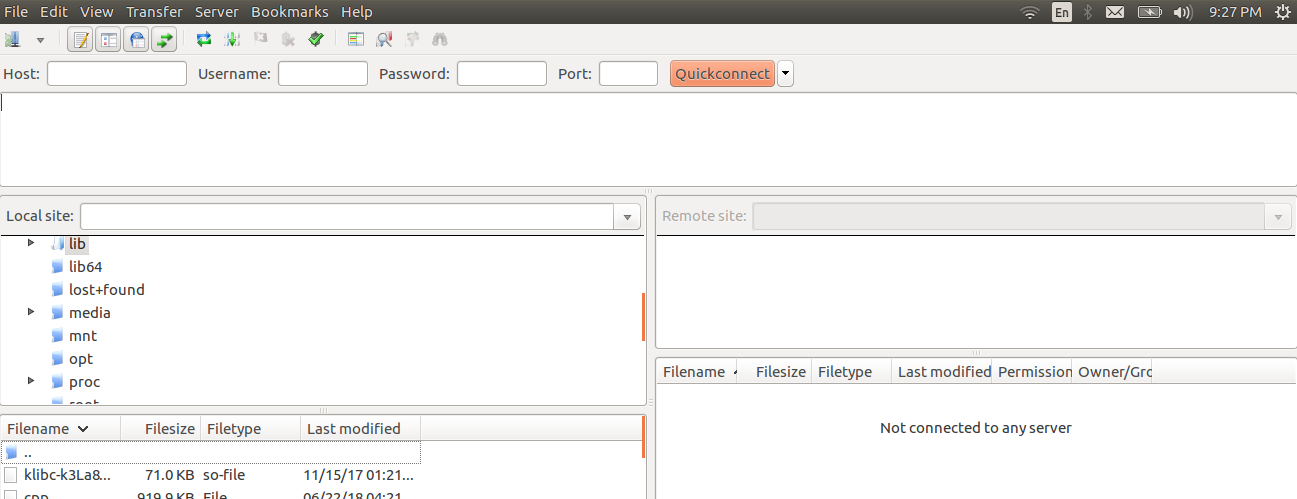
If you used RSA, the keys will be appended with "rsa" instead of "dsa" but they will function exactly the same in practice.īefore configuring FileZilla from inside the app, do yourself one quick favor and copy your private key from the ".ssh" directory and into a convenient location that done, rename the file and append the ".pem" extension.įor example, you should have a file that looks something like this: my-key.pem. Some tutorials will use the RSA encryption algorithm instead of DSA. Your keys will be saved as id_dsa (private key) and id_dsa.pub (public key). Thisĭirectory is hidden by default, but while you're on the terminal you The keys are saved, by default, in the ~/.ssh directory.

Follow any remaining prompts, and your keys will When prompted on where to save your key, press Enter. This command will start the process of generating your keys: ssh-keygen -t dsa So whether you’re using Windows, Mac, or a Linux-based operating system, you should be able to open your default terminal app and run the following commands.

The following procedure is operating system agnostic. The public key is safe to share and place on your server, while the private key must only remain on your local workstation.
#Enable sftp filezilla server how to
Below, we will show you how to create two keys on your local computer: a public key and private key.

In concept, the key arrangment is simple. Public/private key security provides you with advanced cryptographic protection, but the benefits depend on your ability to manage your keys properly.


 0 kommentar(er)
0 kommentar(er)
